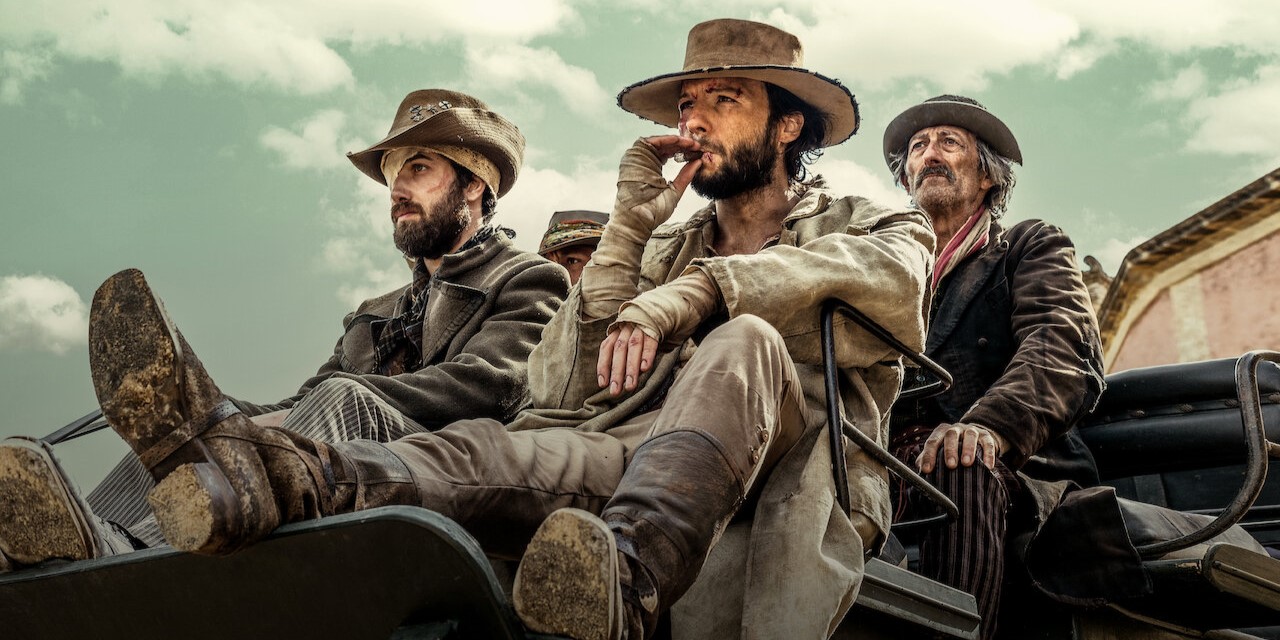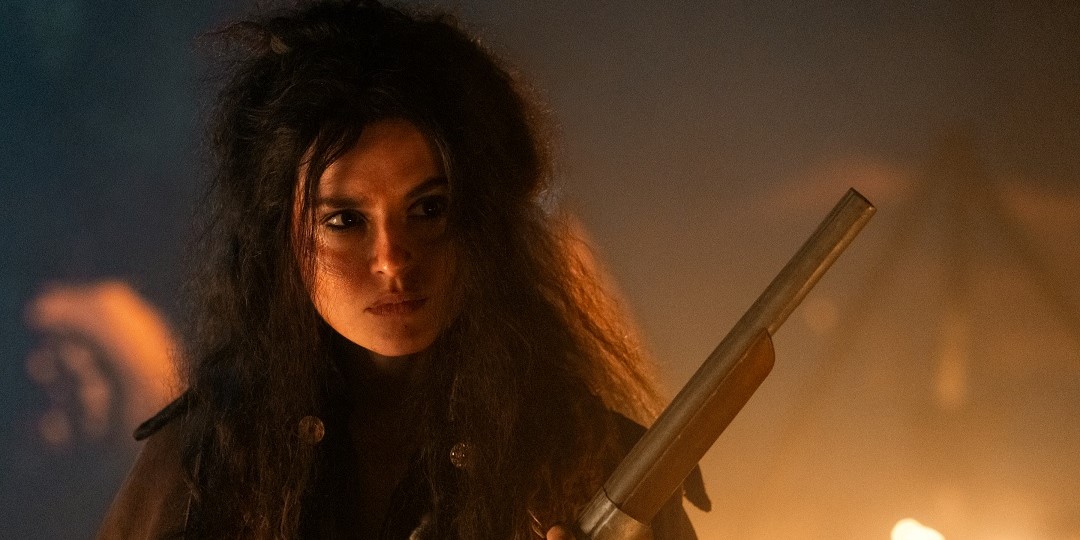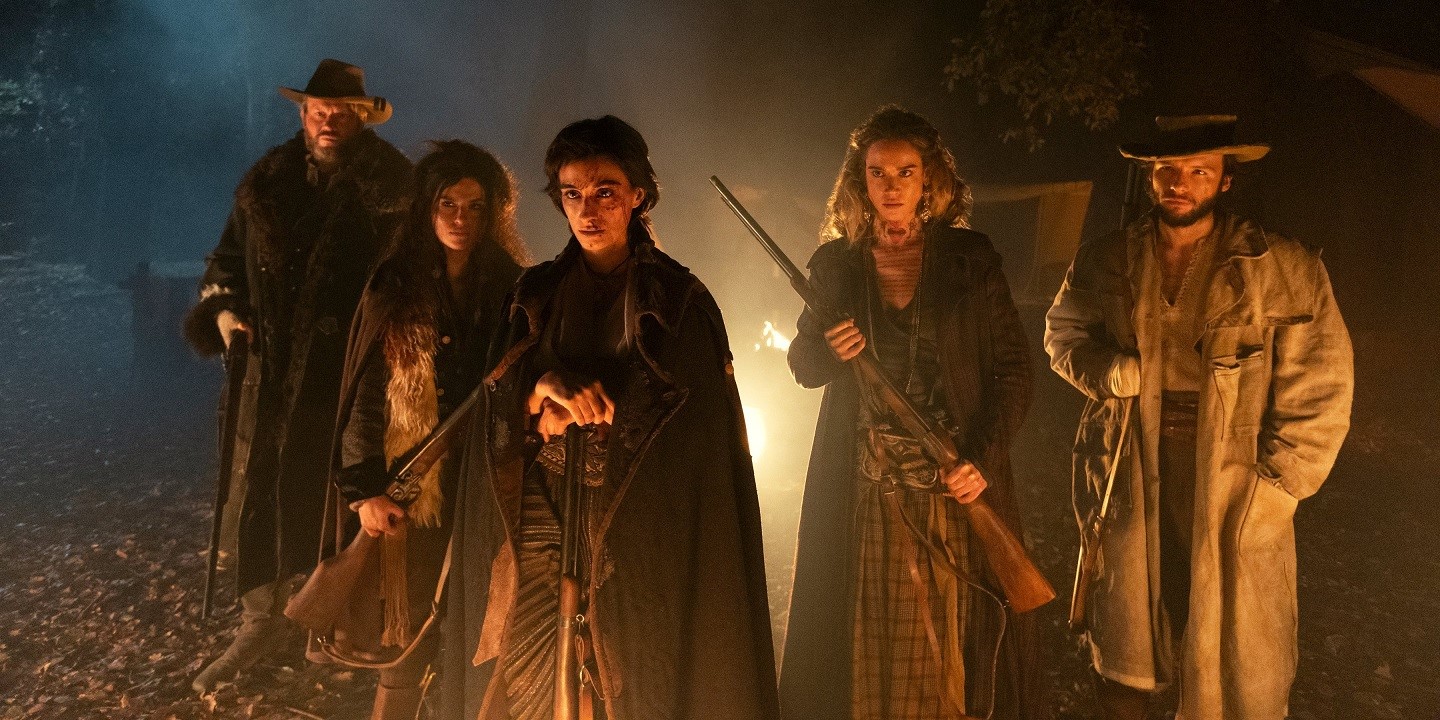‘Brigands: The Quest for Gold’ follows the journey of Filomena and her fellow brigands on their quest to find a lost treasure in post-unification southern Italy. Tolerating an abusive husband and a mundane life, Filomena decides to leave it all behind to look for gold that she believes belongs to the South. Armed with a treasure map and her wits, she stumbles upon a group of brigands whose motives align with hers. The group operates from deep in the forests and hills and fights for freedom against an apathetic regime.
Their hunt for gold sets them on a collision course with the numerous government forces. Also known as ‘Briganti,’ the Italian language Netflix series takes us along for an epic saga of adventure, rebellion, and action. Co-written and co-directed by Antonio Le Fosse, the show delves into a lesser-known period in Italian history, inspiring an investigation into its real-world sources.
Brigands: The Quest for Gold is Inspired by True Stories of the Titular Legends
While ‘Brigands: The Quest for Gold True’ narrates a fictional tale, it does draw from historical incidents and figures of Italy’s post-unification period. The legends of real brigands of the era inspire all the show’s major characters. Its riveting story is penned by writers Antonio Le Fosse, Giacomo Mazzariol, Marco Raspanti, Re Salvador, and Eleonora Trucchi.

The post-unification period in Italy refers to the time following the Risorgimento, the movement for Italian unification in the 19th century. Prior to unification, Italy was divided into numerous independent states and territories ruled by various foreign powers and local rulers. The Risorgimento, led by figures such as Giuseppe Garibaldi and Count Camillo di Cavour, aimed to unite these disparate regions into a single, unified nation-state. However, the country’s southern lands had always been more lawless due to historical factors and were infamous for brigandage.
After the successful unification of Italy in 1861, the newly formed Kingdom of Italy faced numerous challenges, including political instability, economic hardship, and social unrest. The process of unification had left many regions and communities marginalized and disenfranchised, leading to widespread discontent and resistance. This was especially true for the poorer southern lands, which were already ravaged by roving bandit gangs. However, with resistance to the government, which they saw as occupiers, many brigands became a symbol of political resistance and independence.
Such figures and groups would go on to wage guerilla warfare with the kingdom’s forces while sometimes also combating other criminal elements, as seen in the show. At this period in the country’s history, many of those who took up arms against the regime were termed brigands, regardless of their motives. Thus, the term brigandage encompasses a wide range of activities, from petty theft and robbery to organized resistance movements fighting for political or social change. Brigands often operated in remote rural areas, using the rugged terrain to their advantage and eluding capture by government forces.
‘Brigands: The Quest for Gold’ draws inspiration from the legends and stories of legendary brigands who rose to prominence during Italy’s post-unification period. These figures, both men and women, became symbols of resistance and rebellion against the perceived injustices of the time. As highlighted by the Netflix series, women brigands also played a significant role in the resistance movements of post-unification Italy.
The show also takes major inspiration from the historical Robin Hood figure of the time, Pietro Monaco, and his wife, Maria Oliverio or Ciccilla. A soldier and officer in the Bourbon army, Pietro Monaco deserted his post and became involved in Brigandry after witnessing the corruption of local landowners. His wife, Maria Oliverio, was arrested for luring or blackmailing Monaco. After her release, Maria joined Pietro’s gang as they operated in Calabria.

Driven by a sense of injustice and a desire for vengeance against the ruling authorities, Monaco turned to a life of crime and banditry. His briganti began targeting wealthy landowners, merchants, and government officials, robbing them of their valuables and often kidnapping high-profile officials for ransom. Brigandessa Ciccilla is said to have led many of the operations of the group, which have involved the kidnapping of cousins Achille Mazzei and Antonio Parisio in Santo Stefano, leading to a massive ransom amount.
Another sensationalized incident was the kidnapping of nine high-profile men, including clergymen, nobles, and the Bishop of Tropea. Monaco and Ciccilla’s lives have been chronicled in the Italian film, ‘Brutta Cera.’ The Briganti are often recognized as symbols of political resistance and resilience in Italy and have inspired multiple novels and films, including Netflix’s ‘Brigands: The Quest for Gold.’ The show recreates Italy’s post-unification era and sensationalizes the stories of legendary bandits, presenting them in a cleaner image as compared to their real-world counterparts.
Read More: Brigands The Quest for Gold: Where is the Show Filmed?


You must be logged in to post a comment.